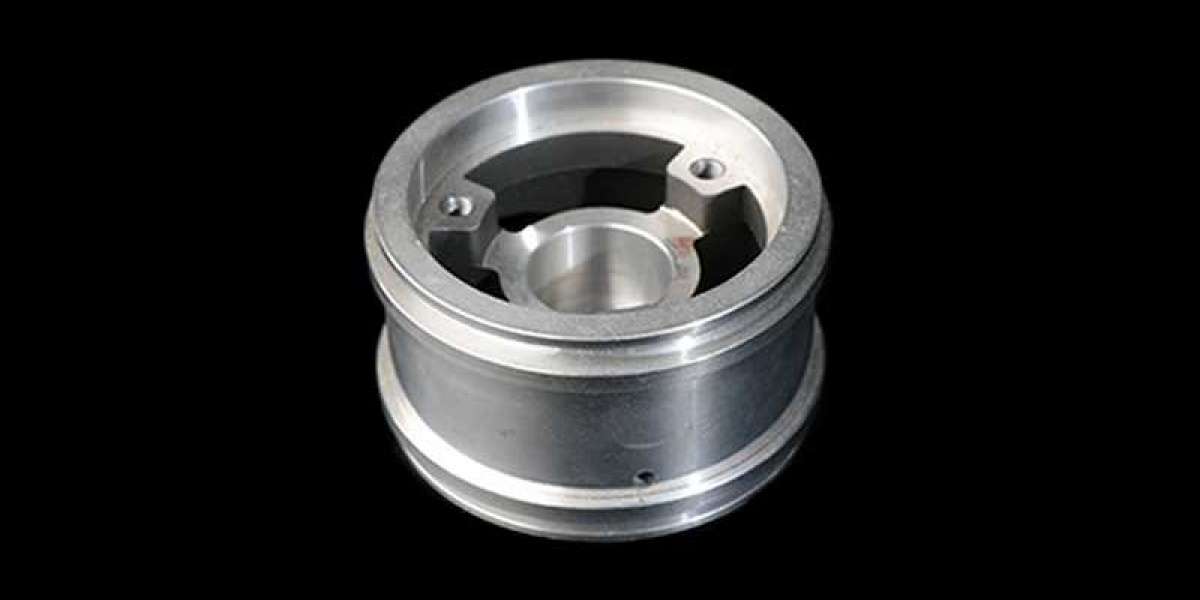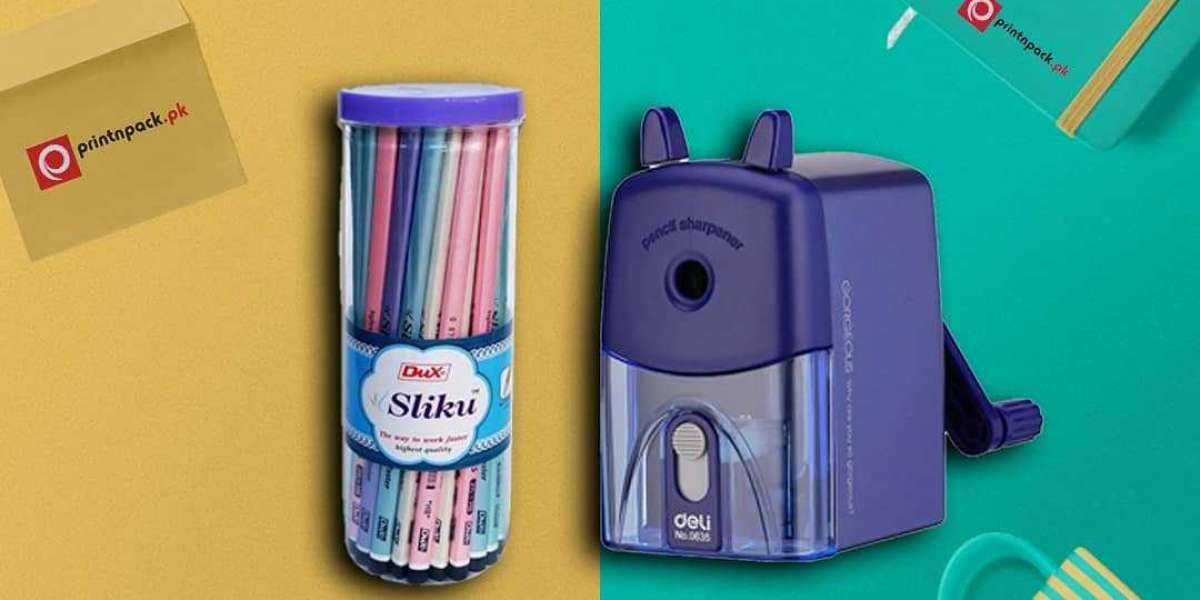Die casting is a manufacturing process used to produce metal parts with precise dimensions, clear contours, smooth or textured. This is done by pressing the molten metal into a reusable metal mold under high pressure. This process is usually described as the shortest distance between the raw material and the finished product. The term "die casting" is also used to describe the finished product.
The term "gravity die casting" refers to castings made in a metal mold under gravity. In the United States and Canada, this is called permanent casting. What we call "die casting" here is called "die casting" in Europe.
How are mold castings produced?
First, a steel mold capable of producing thousands of castings in rapid succession must be manufactured in at least two parts to allow the castings to be removed. These parts are firmly installed in the machine and are arranged in one fixed (fixed mold half) and the other movable (injected mold half). To start the casting cycle, the two mold halves are tightly clamped together by a die casting machine. Molten metal is injected into the cavity and solidifies rapidly. Separate the mold halves and then eject the casting. The die-casting mold can be simple or complex, depending on the complexity of the casting, with a movable slider, core or other parts.
To date, the complete cycle of the die casting process is the fastest known process for producing precision non-ferrous metal parts. This is in sharp contrast to sand mold casting, which requires a new sand mold for each casting. Although the permanent mold process uses iron or steel molds instead of sand molds, its speed is much slower and less accurate than die casting.
Type of die casting machine
Regardless of the machine used, it is important to lock the mold halves, cores and/or other movable parts firmly in place during the casting cycle. Generally, the clamping force of the machine is determined by (a) the projected surface area of the casting (measured at the mold parting line) and (b) the pressure used to inject the metal into the mold. Most machines use a toggle mechanism driven by a hydraulic cylinder (sometimes pneumatic) to achieve locking. Others use direct acting hydraulic pressure. The safety interlock system is used to prevent the mold from opening during the casting cycle.
Large or small die casting machines are fundamentally different only in the method of injecting molten metal into the die. These are classified and described as hot chamber or cold chamber die casting machines.
Hot cell machine
The hot chamber machine is mainly used for zinc and low melting point alloys, which are not easy to corrode and corrode metal pots, cylinders and plungers. Advanced technology and the development of new higher temperature materials have expanded the use of this equipment to magnesium alloys.
In a hot chamber machine, the injection mechanism is immersed in the molten metal attached to the furnace of the machine. When the plunger is raised, the port opens to allow molten metal to fill the cylinder. When the plunger moves down to seal the port, it will force the molten metal through the gooseneck and nozzle into the mold. After the metal solidifies, pull out the plunger, open the mold, and eject the casting.
The hot room machine runs quickly. Cycle times range from less than one second for small parts weighing less than one ounce to thirty seconds for casting a few pounds. Fill the mold quickly (usually between five and forty milliseconds) and inject metal under high pressure (above 1,500 to 4,500 psi). Nonetheless, modern technology can still strictly control these values to produce castings with fine details, tight tolerances and high strength.
Die casting mold and its structure
The die-casting mold is made of alloy tool steel and is divided into at least two parts, which are called fixed mold and eject mold. The fixed mold half is installed on the side facing the molten metal injection system. The ejection half-mold to which the die-casting part adheres is mounted on the movable platen of the machine, and when the die-casting part is opened, the die-casting half-mold is ejected from the top mold.
The fixed mold half of the mold is designed to contain a sprue hole through which molten metal enters the mold. Half of the ejector usually contains a runner (channel) and a gate (inlet), which channels the molten metal to the cavity (or cavities) of the mold. The ejector half is also connected to an ejector box, which contains a mechanism for ejecting the casting from the mold. When the pin attached to the ejector plate moves forward to force the casting out of the cavity, ejection occurs. This is usually part of the machine's opening stroke. The position of the thimble must be carefully arranged so as not to cause deformation when the thimble exerts force on the casting. When the mold is closed, the reset pin connected to the ejector plate returns the plate to its casting position.
Fixed and movable cores are commonly used in molds. If fixed, the mandrel must be parallel to the direction of the mold opening. If movable, they are usually attached to the core rail. If the sides of the die-casting design need to be recessed, one or more sliders can be used to make the die to achieve the desired result without affecting the ejection of the casting from the cavity. All movable sliders and cores must be carefully installed and locked firmly in place during the casting process. Otherwise, molten metal may be forced into its chute, resulting in interruption of operation. Although sliders and cores increase the complexity and cost of mold manufacturing, they make it possible to produce die castings of various configurations, and are generally more economical than any other metalworking process.
Mold term
When the mold is opened, the sprue hole is tapered and the small end is located at the breaking point. The runner pin located in the half of the ejector makes the runner hollow and deflects the metal entering the mold into the runner system.
The runner is a channel on the parting line and is used to guide liquid metal from the sprue hole to the gate.
The gate is the passage of metal into the mold cavity. They play an important role in guiding metal flow in order to fill the cavity correctly. When molten metal enters the mold cavity, air is exhausted through the vent holes.
Guide pins ensure that the mold halves are properly aligned and correctly aligned with the cavity.
The side walls and core are designed with a slight taper or slope. The maximum diameter or cross-section of the cavity must be on the parting line (unless a slider is used) so that the casting can be removed from the mold. When the molten metal in the mold cavity solidifies, it shrinks from the wall to the core pin and other protrusions. The design of the mold must allow the core pin to be withdrawn and ejected without applying too much pressure, otherwise the die casting may be deformed.
Fixed or removable cores and "loose parts" must be placed to facilitate mechanical or manual removal. The loose block used to form the undercut must be positioned by the operator. This requires additional labor and usually slows down the casting cycle.
The insert can be cast integrally to provide special characteristics.
Most molds are cooled by water circulation through channels drilled for this purpose
Mold type
The mold is divided into: single cavity mold, multi-cavity mold, combination mold and unit mold.
Single cavity molds need no explanation. Multiple cavity molds have multiple identical cavity. If the mold has cavities of different shapes, it is called a combined mold or a household mold. Combined molds are used to produce multiple parts for assembly. For simple parts, unit molds can be used to realize the economics of mold manufacturing and production. Unit molds can be used to simultaneously cast multiple parts for assemblies or different customers. One or more unit molds are assembled in a common bracket and connected to a common opening or sprue hole through the runner. This allows all cavities to be filled at the same time.
Die casting automation
"Automation and mechanization" is a term often used interchangeably in the die casting industry. The automation of the manufacturing process is more complicated and complex than the mechanization of various operations.
The die-casting machine develops towards automation by mechanizing the various steps of the die-casting process. E.g:
Mold lubrication can be achieved by installing a fixed or reciprocating spray system.
Automatic ladle device can replace manual ladle.
The casting can be taken out of the mold through a drafter or robot, or it can be "straight down" onto a conveyor belt under the machine.
The operation of the die-casting machine can be integrated for casting, quenching, trimming and ejecting the casting, and the scrap is returned to the furnace through a conveyor belt.
Through closed loop, the die casting process can be automatically executed using feedback control and microprocessors, which can automatically compensate for process variables. As the die-casting plant develops towards automation, significant changes have taken place. Operation tends to become safer. Production and quality have been greatly improved. Automation upgrades the workforce by requiring the development of new skills for machine setup, programming, electronics, machinery and maintenance.
The Power generating tools is a manually operated tool that uses a low-power motor or electromagnet as power and drives the working head through a transmission mechanism. It is mainly divided into metal cutting power tools, grinding power tools, assembly power tools and railway power tools. The main products of power generation tools include various accessories for automobiles and motorcycles, motor parts, luggage, medical equipment (wheelchairs), lights, LEDs, locks, accessories, elbows, strollers, belt buckles and hardware accessories. Complete mold equipment, plus surface brightness processing of products, and undertake various mold manufacturing. Welcome to Jiaxing Yunhe Trading Co., Ltd.: https://www.xinxinmetal.com/product/electrical-tools/



